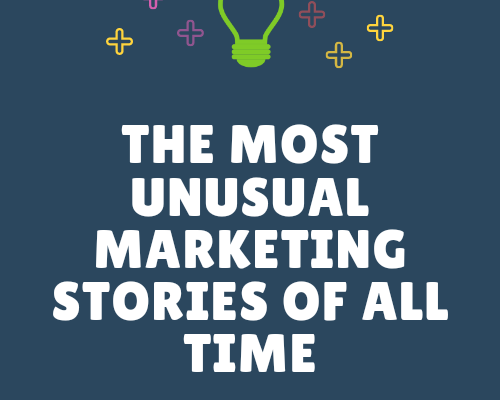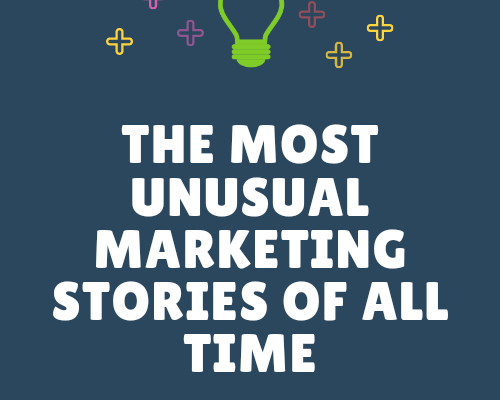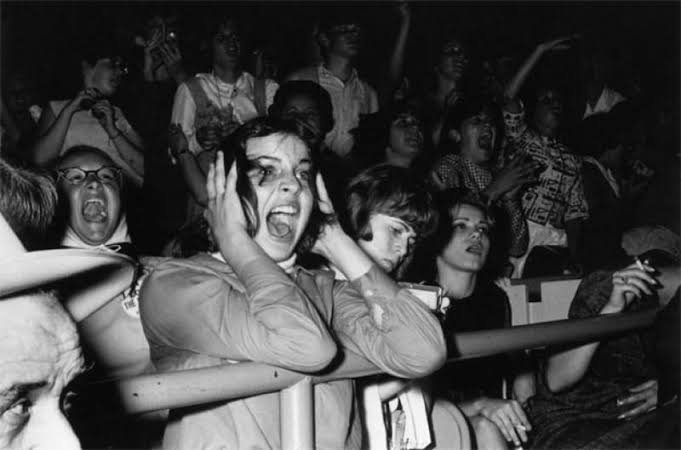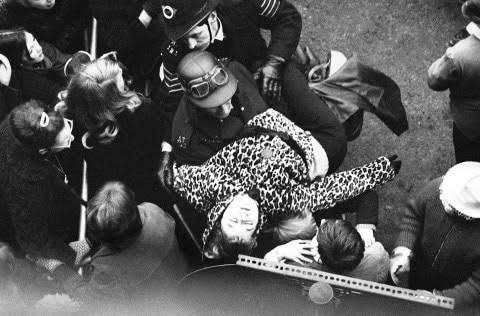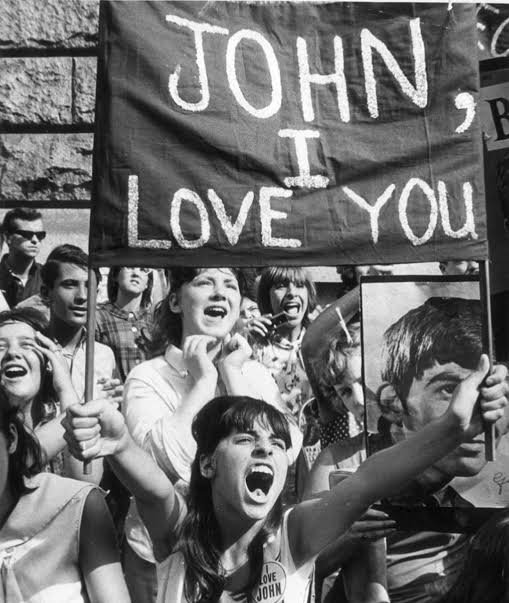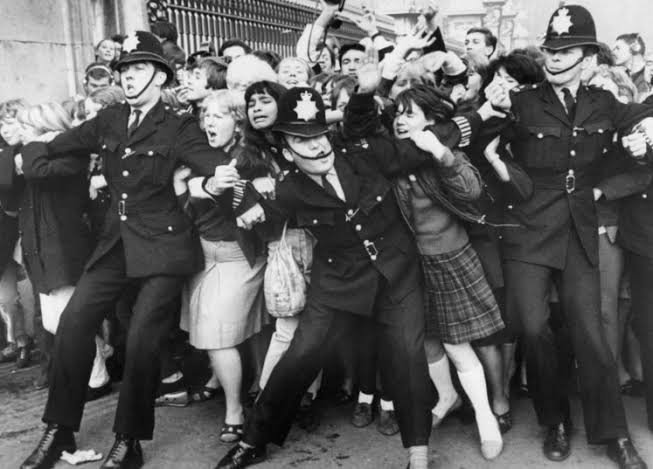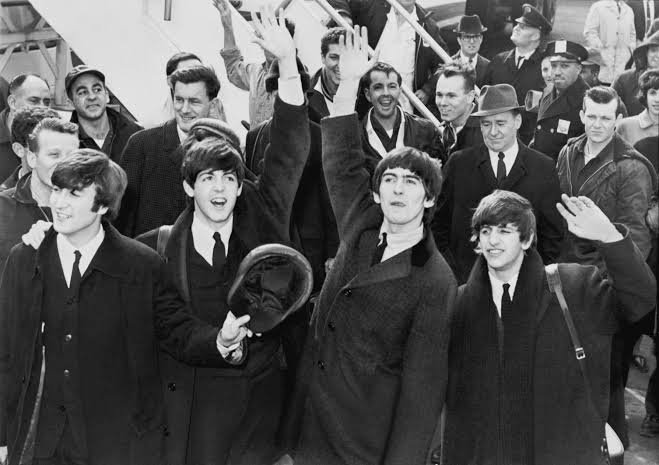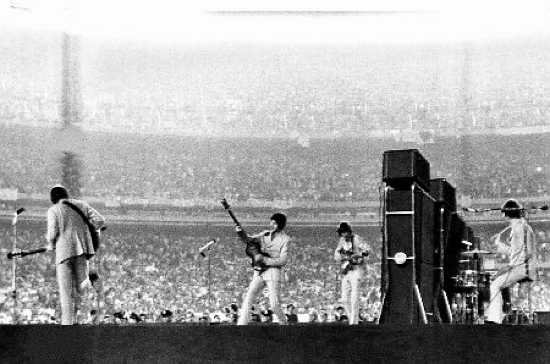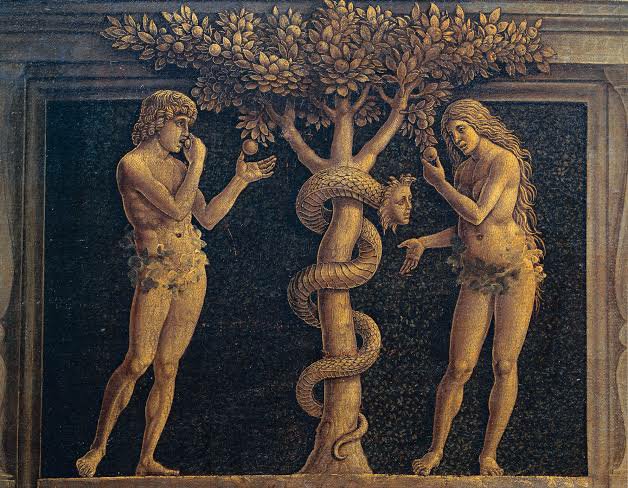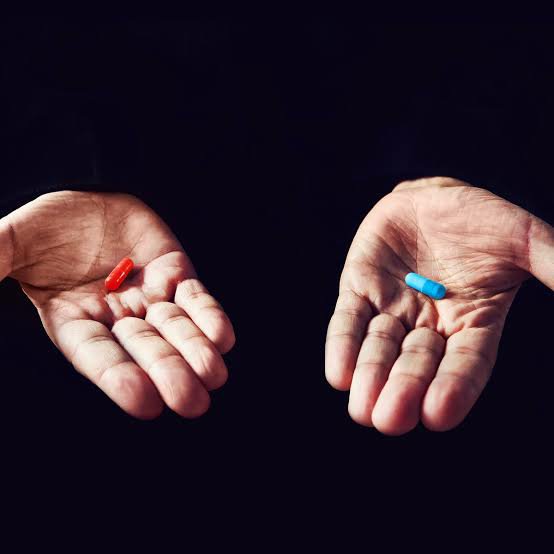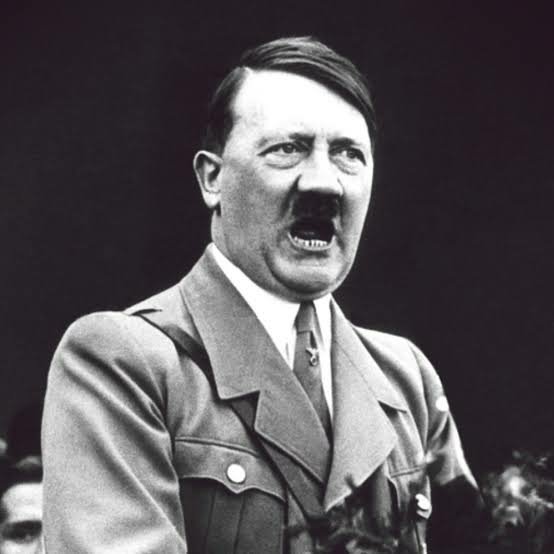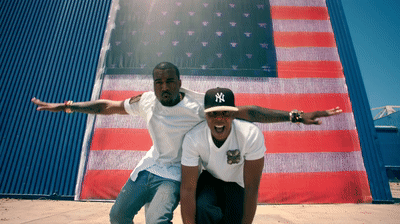The Most Unusual Marketing Stories Of All Time II.
2. Steve Jobs & Apple
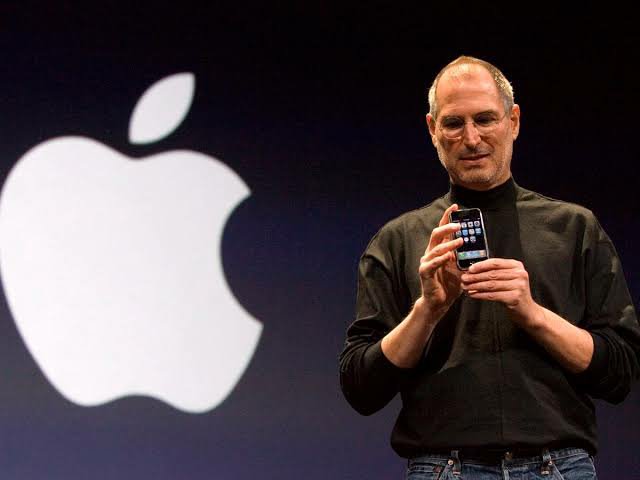
In 2007, after spending an estimated $150 million developing the iPhone in secret, Steve Jobs was concerned about how to market it.
Steve Jobs knew that just creating a great product was one thing, but promotion and distribution were also key. This was why he had always been very bullish on advertising because he understood just how powerful it was.
He also understood how much publicity paid advertising could give a product. But he knew the best kind of advertising was always word of mouth.
So, what to do?
As a student of psychology, he’d spent his time continually studying people and their actions.
By doing so, he’d come to understand the importance of having people standing in long lines scrambling to get your products. Those long lines communicated three things:
1. Scarcity & Social Proof
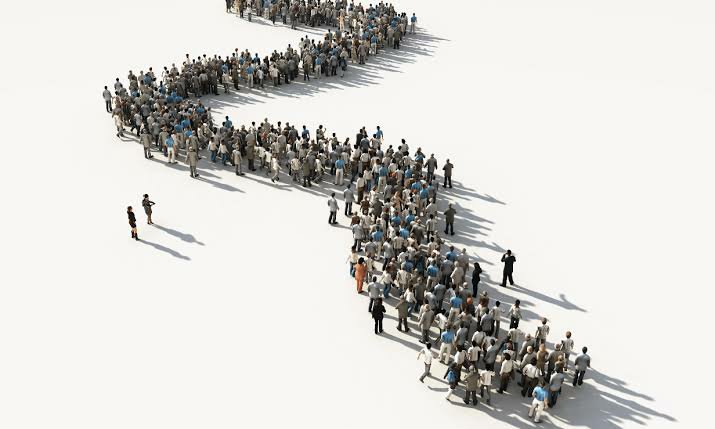
People are hardwired to want the things they can’t have.
Just like how women are attracted to men who other women are attracted to, people are intrigued by something or someone in high demand.
A long line of people waiting for something or someone indicates one thing – VALUE.
The question people not on the line would ask themselves is “why is everyone gathering to get it?” And “if everyone is on that line, then why am I not on it?”
2. Publicity
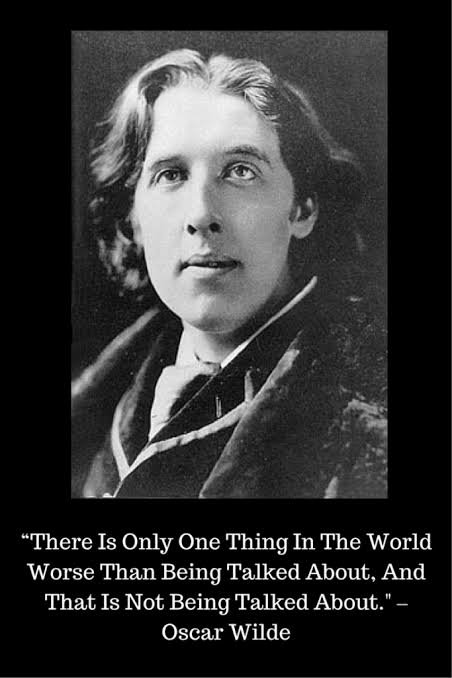
The media would see those long lines and write articles and stories about it. News channels would send their reporters to cover it. People would see their friends and family members on TV standing in those lines. And then they’d eventually come out to join them too because what the heck? Lol
3. Promotion
Strong publicity would eventually lead to strong promotion as everyone starts talking about it.
Even your competitors who would jump on this to try to make fun of you would end up spreading the gospel of your business unconsciously. And we all know what they say about publicity, whether good or bad.
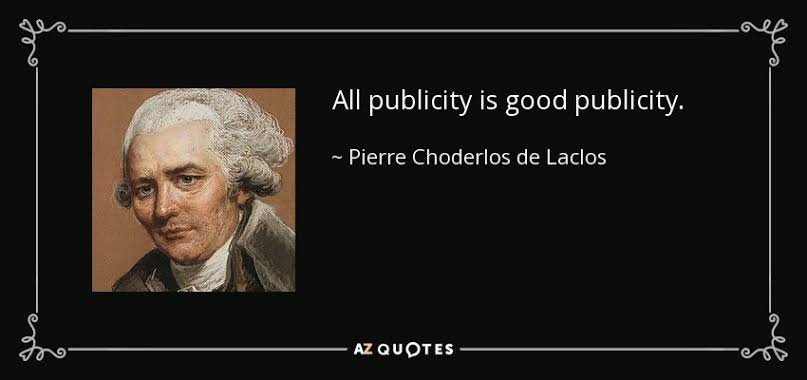
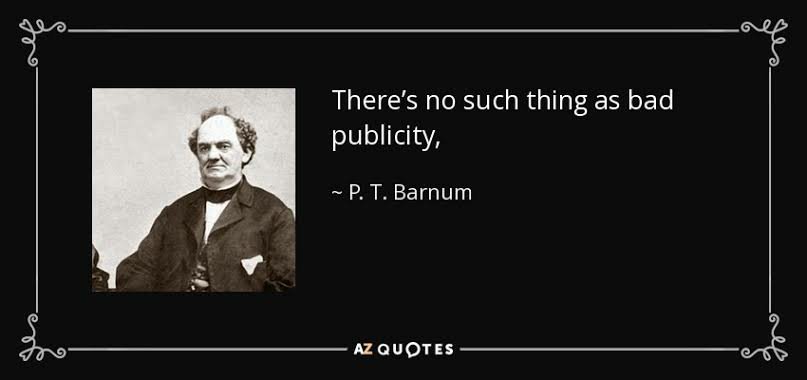
This is a bit of an urban legend, but rumours are that before the first iPhone went on sale on June 29, 2007, Steve Jobs would go ahead and hire scores of people to stand in strategic positions on the lines in front of Apple stores.
Thousands of people were pictured lining up outside Apple and AT&T retail stores days before the launch date.
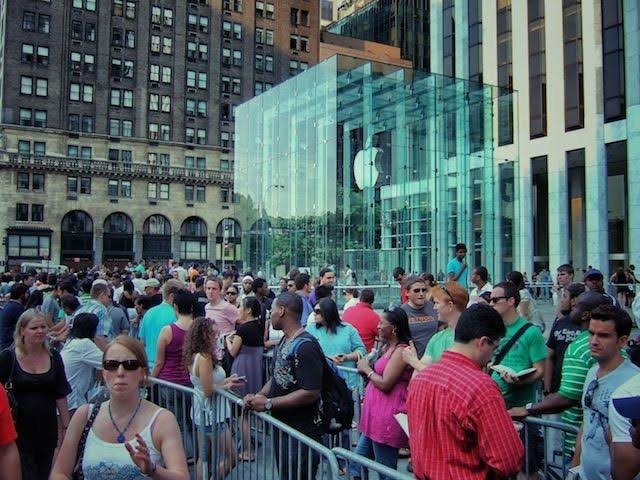
The iPhone was released and was a massive success.
Apple sold one million units 74 days after its release. Many stores reported stock shortages within an hour of availability.
Apple would go on to sell 6.1 million units before they discontinued its production the following year.
But this was not going to be the last time Apple would use the power of long lines to sell their products.
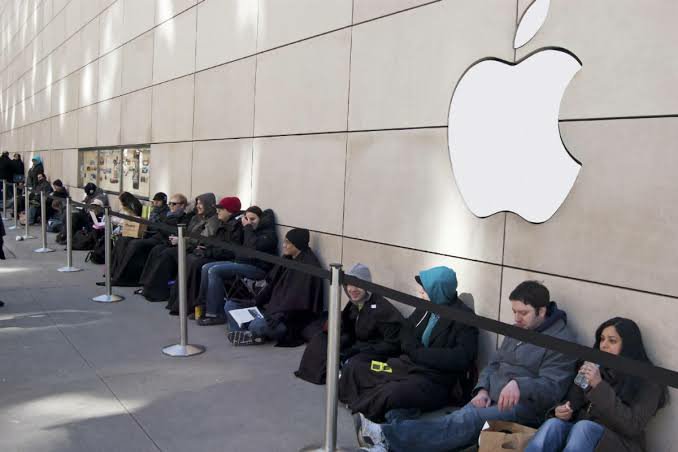
Before releasing the iPad 2, Apple knew they needed long lines – even longer than those who queued for the original iPad.
So, what to do?
Apple deliberately masterminded those long lines by refusing to allow pre-orders.
Not allowing pre-orders meant one thing – people would rush out to get them.
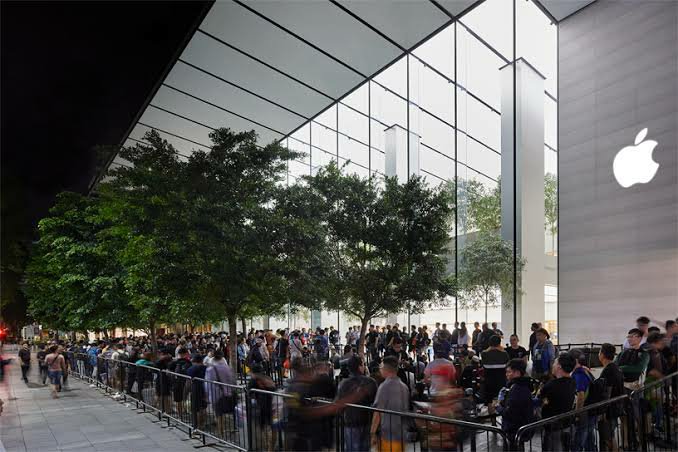
And the result?
In its first month, the iPad 2 sold 2.4–2.6 million units, and an estimated 11.12 million units by the third quarter of 2011.
Steve Jobs might have started it, but nowadays some die-hard Apple customers even go ahead and hire others and pay them to hold their place in Apple store lines.
Such genius!
